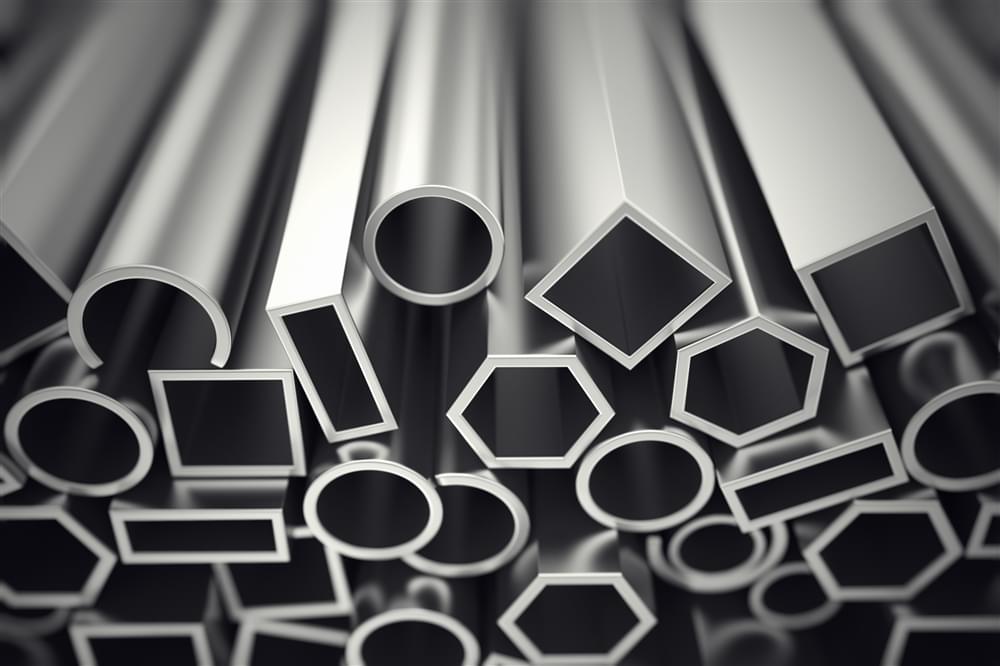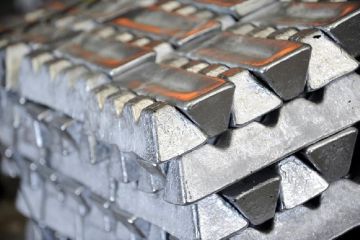The hardening levels of aluminum profiles refer to the different stages of heat treatment that can be applied to heat-treatable aluminum alloys to achieve varying levels of mechanical strength and hardness. Heat-treatable aluminum alloys, such as the 6xxx and 7xxx series, are commonly used in the production of extruded profiles because of their ability to respond well to heat treatment, allowing manufacturers to tailor the material's properties to specific applications. The primary hardening levels are as follows:
- Annealing (O - Soft Temper):
- Annealing is the initial state of the aluminum profiles after extrusion. The profiles are cooled from the extrusion temperature in a controlled manner, which results in a relatively low strength and hardness level. This state is also referred to as the "O" or soft temper condition.
- Profiles in the annealed state are suitable for applications where moderate strength is required, and they are easily formable and machinable.
- Annealing is the initial state of the aluminum profiles after extrusion. The profiles are cooled from the extrusion temperature in a controlled manner, which results in a relatively low strength and hardness level. This state is also referred to as the "O" or soft temper condition.
- Solution Heat Treatment (T4 - Solution Heat Treated):
- Solution heat treatment involves heating the annealed profiles to a specific temperature and holding them at that temperature to dissolve the alloying elements into a solid solution.
- After solution heat treatment, the profiles are rapidly quenched to room temperature to "freeze" the alloying elements in a supersaturated state.
- The T4 temper designation indicates that the profiles are in the solution heat-treated condition.
- Solution heat treatment involves heating the annealed profiles to a specific temperature and holding them at that temperature to dissolve the alloying elements into a solid solution.
- Aging (T5 - Artificially Aged):
- After solution heat treatment, the profiles are aged by subjecting them to a lower temperature for a specific period. This aging process allows the alloying elements to precipitate and form fine particles within the aluminum matrix, resulting in an increase in strength and hardness.
- The T5 temper designation indicates that the profiles have undergone artificial aging.
- After solution heat treatment, the profiles are aged by subjecting them to a lower temperature for a specific period. This aging process allows the alloying elements to precipitate and form fine particles within the aluminum matrix, resulting in an increase in strength and hardness.
- Precipitation Hardening (T6 - Solution Heat Treated and Artificially Aged):
- In addition to solution heat treatment and aging, some profiles may undergo a further step called precipitation hardening. This additional treatment increases the level of precipitation of the alloying elements and results in even higher mechanical strength and hardness.
- The T6 temper designation indicates that the profiles have undergone both solution heat treatment and artificial aging (precipitation hardening).
- In addition to solution heat treatment and aging, some profiles may undergo a further step called precipitation hardening. This additional treatment increases the level of precipitation of the alloying elements and results in even higher mechanical strength and hardness.
The selection of the appropriate hardening level depends on the specific application requirements. For instance, T4 profiles may be used when moderate strength is sufficient, while T6 profiles are chosen for applications requiring the highest mechanical properties. It's essential to understand the intended use and performance requirements of the extruded profiles to determine the most suitable hardening level. Additionally, each aluminum alloy has specific heat treatment parameters that need to be carefully controlled to achieve the desired hardening level and mechanical properties.
 EN
EN
 NL
NL DE
DE





